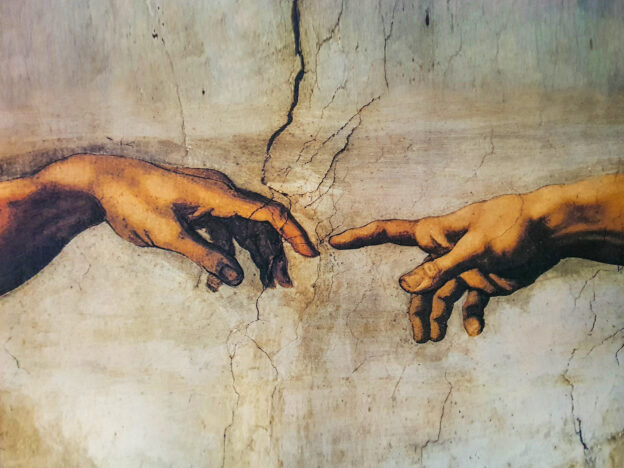
(RNS) — In his latest column, The Washington Post’s estimable columnist, E.J. Dionne, takes a shot at the God Gap, the journalistic shorthand coined two decades ago to describe the religious divide between Republicans and Democrats.
“The shorthand did capture a polarization around religious practice and intensity among White voters,” Dionne writes. “But it was always a flawed concept because it left out African Americans who are, by many measures, among the most devout believers in the country and vote overwhelmingly Democratic.”
Strictly speaking, however, the God Gap did not leave out African Americans. It was identified via exit polls by asking voters regardless of race, ethnicity or religious identity how often they attended worship services.
It turned out that, beginning in the 1990s, an increasing proportion of those who said they attended at least once a week voted Republican. In the 2000 election, the pro-Republican gap was 20 percentage points. Since then it has remained thereabouts, reaching 24 points in 2020.
That said, there’s no question that the preference applies far more to white than to Black voters. Pew ran the numbers for the 2020 presidential election and found a huge 44-point (71%-27%) pro-Trump gap among non-Hispanic whites who said they attended worship at least once a month compared with an even huger 80-point (10%-90%) pro-Biden gap among Blacks who said the same. (Let us note that among Black voters who say they go to worship less than once a month, the pro-Biden gap was greater but only marginally so, 5%-94%.)
Why, you might ask, did Pew use claimed monthly attendance figures, when the original God Gap was calculated according to weekly attendance? Well, thereby hangs a tale of declining American worship attendance.
According to Gallup, weekly (or more) attendance shrank from 42% in 2000 to 24% in 2020 and at-least-monthly attendance from 56% to 38%, while less-than-monthly attendance grew from 42% to 62%. To be sure, these figures must be viewed with caution.
People tend to exaggerate their “good” behavior (like going to church) when asked directly about it, as Gallup does, and we know from more objective tallies that actual weekly worship attendance in 2000 was considerably lower than 42%. To some extent, the decline in attendance may reflect nothing more than a decline in the social stigma attached to not going to church — or at least in admitting that you don’t.
Be that as it may, it has in recent years been more useful to use monthly attendance as the dividing line between more religious and less religious voters. At the same time, self-described worship attendance may be a worse guide than it used to be to religiosity, or at least to religiously significant voting patterns.
Take white evangelicals. For most of this century, 80% of them (give or take) have voted for the Republican presidential candidate.
In his latest Substack column, religious demographer Ryan Burge points out that between 2008 and 2023, the proportion of self-identified evangelicals who say they never go to church rose from 3% to 10%; the proportion who say they attend less than monthly, from 29% to 40%. While non-church-attending evangelicals appear to be somewhat less likely to vote for Trump than their church-attending peers, there’s no question that a lot of them will do so this time around.
That helps explain Pew’s finding that the pro-Biden margin among less-than-monthly white voters in 2020 was just 6%. Just because you’re pretty religious doesn’t mean you darken the door of a church very often.
In our post-COVID digital age, where showing up in person for anything is way rarer than it used to be, the God Gap is going to require some other metrics.
